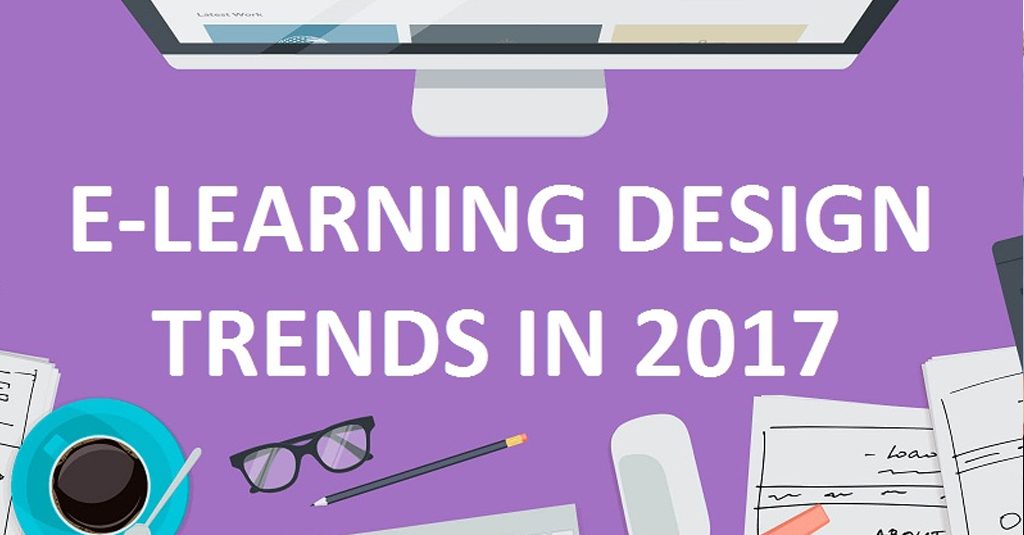With an increase in the development of talented pool of professionals with varied skills and experiences, many questions arise in our minds such as the evolution of instructional designers (IDs) in the last few years. Are their competencies keeping up with the pace of growth?
Several organizations involve in instructional designing, with an aim to improve the process of instruction by implementing flexible design models and principles. In today’s time, the challenges faced by IDs are daunting and training is no longer provided to cater individual learning needs. Therefore, the purpose of instructional design is to develop content in collaboration with the requirements of learners and organizational goals.
The role of an instructional designer is changing to meet diverse industry demands. Be it an evaluator, facilitator, trainer, innovator, editor or a project manager. Because of different roles, instructional designers’ titles may also vary, therefore often not be understood by those outside their field. With technological changes in workplace training, instructional designers also need to adapt their training strategies to match those trends. The learner-centric approach, increasing popularity of mobile and gamified learning are some trends that have a great influence on these skilled professionals.
There are few trends for 2017 that instructional designers should engage in to develop. Increased demand for these experts is introduced with the immense popularity of the latest trends and tools. Both learners and educators need to interact deeper with the training material. They are encouraged to gain more knowledge when content is delivered via medium of their choice. Experienced trainers are no more confined to impart training through presentations. They are bridging the gap between learners and their skills matrix. Let us discuss the top emerging trends for e-learning designs in 2017:
Machine Learning and Artificial Intelligence
This trend is ready to boom in the coming time. Machine learning takes a lot of data as inputs and provides significant feedbacks. Artificial Intelligence (AI) already exists in a classroom learning environment. It is believed that corporate learners are expecting an enhanced learning experience that goes beyond static learning material as we move ahead. There are several examples related to machine learning, such as self-driven cars and other automobiles. Predictions are to look for virtual environments that adapt more into classrooms in the future.
Augmented Reality (AR)
Augmented Reality is gaining popularity with time and it will may go more beyond virtual reality. It is believed that AR will reap maximum benefits of e-learning services and corporate training. The AR learning environment is supposed to be more embedded into reality. IDs can expect increasing number of requests from learners to develop instruction using Augmented Reality elements. AR is synonymous to experiential learning that has proven records of refining cognitive behavioral approach.
Data Analytics
Today, learning analytics is paving a better pathway to learner-oriented training. It uses a wide array of data about learners and their behaviors. This data is helpful in developing the best learning experiences for learners. With improved course designs, you can leverage the use of analytics to monitor organization’s functional efficiency.
In addition to these, there are few established trends in 2017. They are listed here:
Microlearning
It is the bite-sized learning where information is divided into small chunks, that are easier to understand and retain for longer. Here, learning is easy to digest in comparison to large volumes of information. Instructional designers easily manage short and concise content that span around 2-3 minutes. Short videos, quizzes and presentations are developed followed by providing instant feedbacks from the learners.
Game-based learning
Gamified learning has reached into the mainstream of corporate training. It implements numerous tactics based on instructional designs to provide better games for e-learning. Some of these include storytelling strategies, relatable avatars, interactive feedbacks and strong link between learning objectives and the game environment.
Mobile Learning
It is not a novice concept in the domain of e-learning for workforce. With increasing use of smart phones, micro content can be accessed with ease, at the point of learners’ needs. Instructional designers can include elements such as podcasts, videos and scenarios on a mobile e-courseware, motivating learners and adopting a learning strategy based on the environment.
Interactive videos
Videos are becoming more and more useful and used as an interactive learning tool to produce engaging content. For instance, the new iPhone has an excellent video camera, with unique features and ease of accessibility. It is faster to shoot and edit videos on a smartphone and upload it on streaming video sites such as YouTube.
Natural user interfaces
Providing learning material per the convenience of users is in high demand. IDs are now reconfiguring their products to offer better learning interface.
Top trends of 2017 are becoming significant, and as their scope for implementation is increasing, their occurrence is also becoming apparent. So, it has become crucial for organizations to start following these trends in instructional designing and stay ahead of the curve.
Suggested Further Reading:– Click Here








